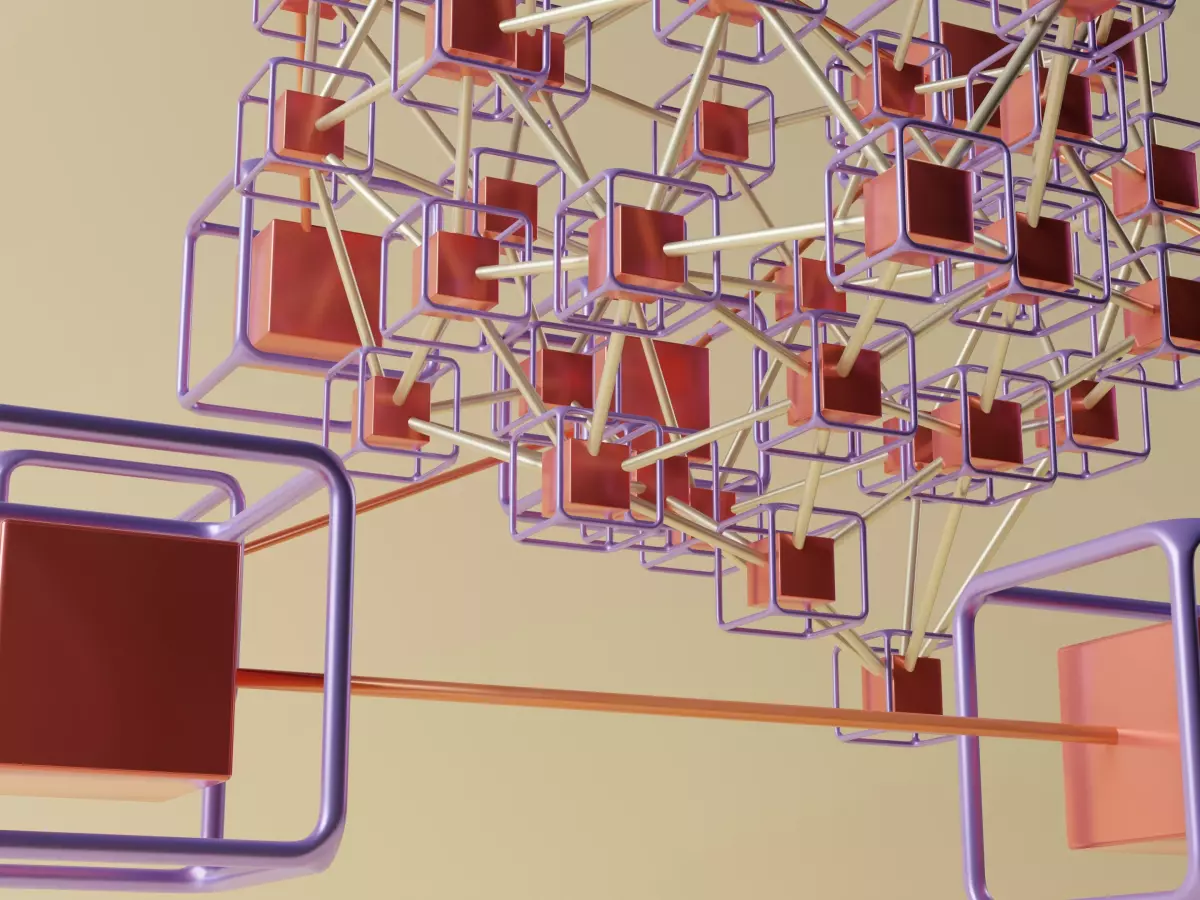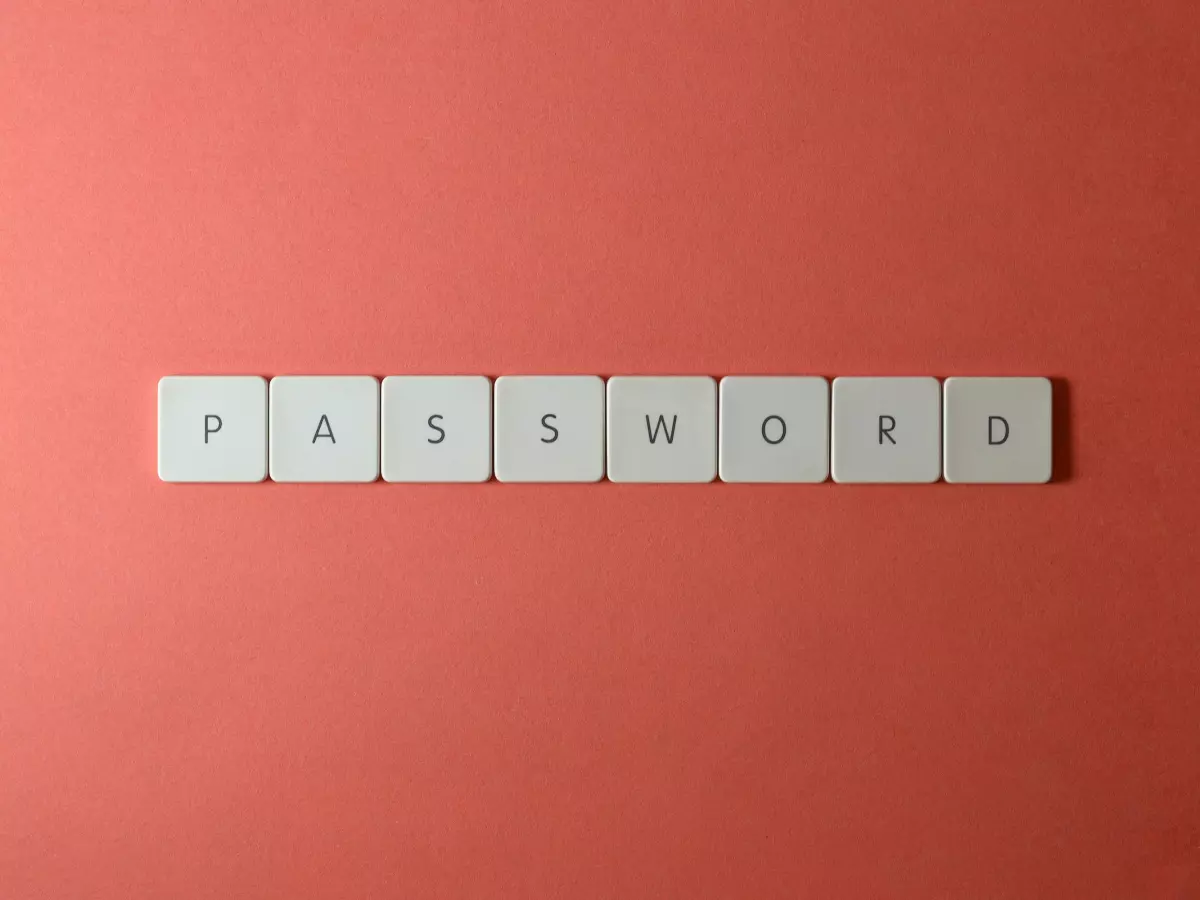Sharding Revolution
Remember the early days of crypto when Bitcoin transactions took forever? Well, we’ve come a long way, but blockchain still faces a massive scalability problem. Enter sharding—the tech that could change everything.

By Sophia Rossi
Back in 2017, during the height of the crypto boom, Bitcoin and Ethereum were practically crawling. Transactions took hours, and fees skyrocketed. It was like trying to squeeze a million people through a single door at once. The problem? Blockchain’s architecture wasn’t built to handle such massive demand. Fast forward to today, and while we’ve seen improvements, scalability remains a thorn in the side of blockchain networks. That’s where sharding comes in, offering a potential solution to this age-old problem.
Sharding, in its simplest form, is a way of splitting up a blockchain network into smaller, more manageable pieces—called “shards.” Each shard processes its own transactions and smart contracts, allowing the network to handle more transactions simultaneously. Think of it like breaking up a massive highway into multiple lanes, each handling its own traffic. This could be the key to making blockchain faster and more efficient.
Why Does Blockchain Need Sharding?
Let’s face it: blockchain is slow. I mean, really slow. Bitcoin processes around 7 transactions per second (TPS), while Ethereum manages about 30 TPS. Compare that to Visa, which handles over 24,000 TPS, and you can see why blockchain has a scalability problem. The reason for this bottleneck is that every node in a blockchain network has to process every transaction. It’s like asking every cashier in a store to ring up every customer’s purchase. Inefficient, right?
Sharding changes this by allowing different nodes to process different transactions simultaneously. Each shard is responsible for a subset of the network’s data, meaning that not every node has to process every transaction. This massively increases the network’s capacity, allowing it to scale without sacrificing security or decentralization.
How Does Sharding Work?
So, how does sharding actually work? Imagine a blockchain as a giant spreadsheet. Normally, every node on the network has to keep a copy of the entire spreadsheet and update it with every new transaction. With sharding, the spreadsheet is split into smaller sections, and each node is only responsible for updating its own section. These sections, or shards, communicate with each other to ensure the entire network stays in sync.
Each shard has its own set of validators, who are responsible for verifying transactions within that shard. Validators don’t need to know what’s happening in other shards—they only need to focus on their own. This reduces the workload for each validator and speeds up the entire network.
But here’s the thing: sharding isn’t just about speed. It also enhances security. By splitting the network into smaller pieces, sharding makes it harder for attackers to compromise the entire system. To launch a successful attack, a hacker would need to control a majority of the validators in multiple shards, which is much more difficult than attacking a single, monolithic blockchain.
Security Considerations
Of course, no technology is without its risks, and sharding is no exception. One of the biggest concerns is cross-shard communication. Since each shard operates independently, they need a way to communicate with each other to ensure the network remains consistent. If this communication breaks down, it could lead to inconsistencies or even double-spending attacks.
Another potential issue is shard takeovers. In a traditional blockchain, an attacker would need to control 51% of the network to launch a successful attack. With sharding, an attacker could theoretically target a single shard, which would require far less computing power. However, most sharding protocols include mechanisms to prevent this, such as randomly assigning validators to different shards.
Despite these concerns, sharding is widely considered one of the most promising solutions to blockchain’s scalability problem. Major projects like Ethereum 2.0 are already implementing sharding to increase their transaction capacity and reduce fees.
Is Sharding the Future of Blockchain?
So, is sharding the silver bullet that will solve all of blockchain’s problems? Well, not quite. While sharding offers significant improvements in scalability and security, it’s not a perfect solution. For one, sharding is incredibly complex to implement. It requires a complete overhaul of a blockchain’s architecture, which is no small feat. Additionally, sharding introduces new challenges, such as ensuring cross-shard communication and preventing shard takeovers.
But here’s the thing: blockchain needs to scale if it’s going to achieve mainstream adoption. Without a solution like sharding, blockchain networks will continue to be slow, expensive, and inefficient. And while sharding isn’t a magic fix, it’s one of the most promising technologies on the horizon.
So, what’s next? Will we see sharding become the norm in blockchain networks, or will another solution emerge to solve the scalability problem? Only time will tell. But one thing’s for sure: the future of blockchain is going to be fast, secure, and incredibly exciting.
Are you ready for it?





